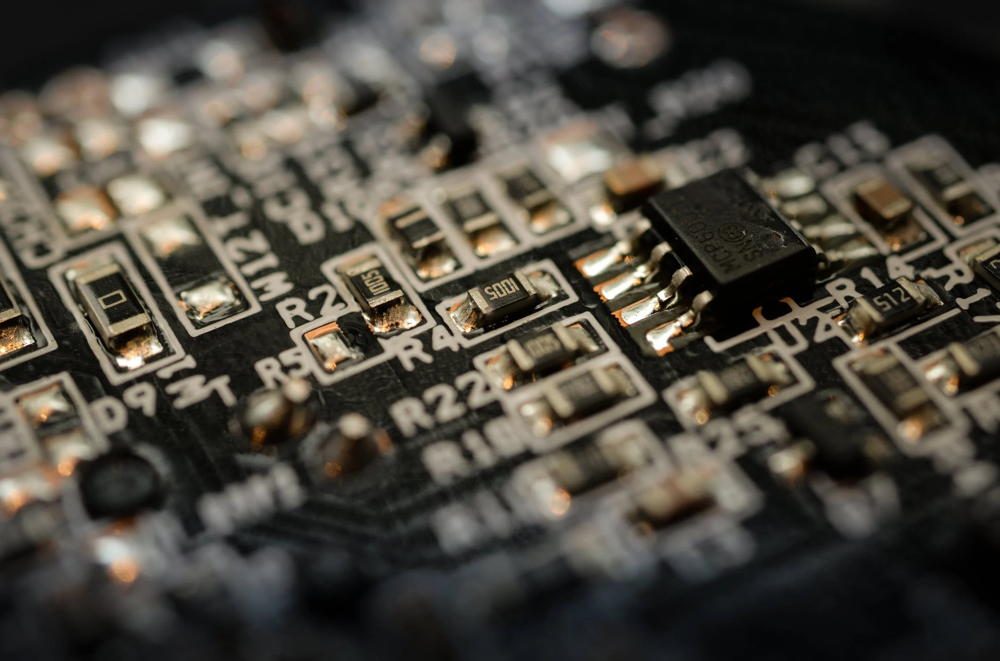South Korean NAND Memory Exports Rise Amidst Chip Gloom

Dominant memory maker South Korea sees rise in NAND flash memory exports in sign worldwide chip slump may be nearing an end
South Korean exports of NAND flash memory chips rose for the first time in a year, raising hopes that a worldwide fall in semiconductor demand may be nearing an end.
The country’s trade ministry said on Monday that NAND shipments increased 5.6 percent year-on-year for the month of September, up from an 8.9 percent decline in August.
Exports of DRAM memory, meanwhile, fell 24.6 percent in September, but this was less than its 35.2 percent decline in August.
NAND is used in memory cards and solid-state disk drives (SSD), while faster DRAM is used as the main memory in computers and graphics cards.

Chip slump
South Korea’s economy is heavily reliant on semiconductor exports, which account for 20 percent of its overall exports.
And China is a major customer, receiving more than half of the country’s chip exports over the past decade, according to TrendForce.
Total chip exports to China continued a downward trend in September, fallling 232.7 percent year-on-year, according to the South Korean trade ministry, while exports to the European Union rose 56.5 percent and those to the US fell 30.5 percent.
South Korea’s biggest memory manufacturers, Samsung Electronics and SK Hynix, faced uncertainty a year ago when the US began requiring licenses for companies to ship US technology to factories in China, including those operated by the two South Korean firms.
Trade tensions
But the two companies last week received indefinite licences allowing them to continue supplying their plants.
Samsung makes about 40 percent of its NAND flash chips at a plant in Xian, China, while SK Hynix builds about 40 percent of its DRAM chips in Wuxi and 20 percent of its NAND flash chips in Dalian.
Samsung sold 36 percent of all memory chips and SK Hynix 25 percent as of June, according to TrendForce.